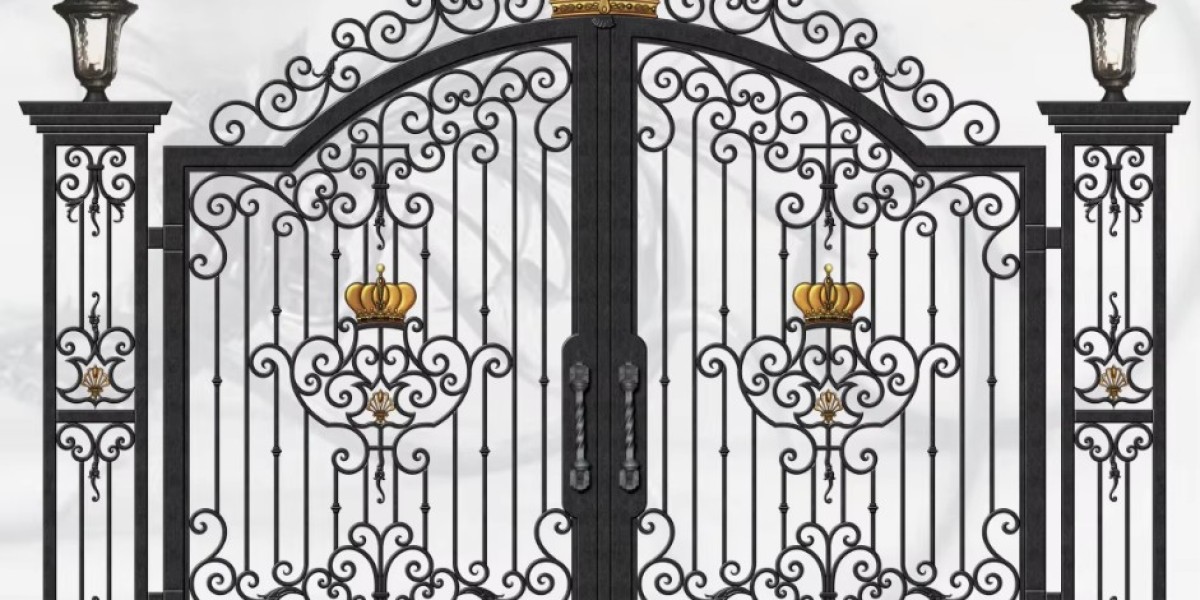When it comes to Asphalt Line Striping in Madison, WI, the type of paint you use can make a significant difference in both appearance and durability. Parking lots, roads, and commercial areas endure constant traffic, harsh weather, and exposure to the sun. Choosing the right paint ensures your lines remain bright, clear, and long-lasting, while also meeting safety and legal requirements.
In this comprehensive guide, we’ll cover the types of paint available, their pros and cons, factors that influence paint choice, and tips to ensure your pavement markings stay effective for years.
? Why Paint Selection Matters
The paint you select for asphalt line striping impacts:
Durability: How long the lines last before fading or cracking
Visibility: Brightness and clarity for drivers and pedestrians
Weather Resistance: Ability to withstand rain, snow, and freeze-thaw cycles
Compliance: Meeting local regulations, including ADA standards
Cost: Balancing upfront investment with longevity
Using the wrong paint can result in peeling, fading, or frequent maintenance, making professional-grade paint essential for commercial and public properties.
?️ Types of Asphalt Line Striping Paint
1. Water-Based Acrylic Paint
Pros: Low VOCs, fast-drying, easy cleanup, environmentally friendly
Cons: Slightly less durable in extremely heavy traffic areas
Best Use: Standard parking lots, light commercial areas, schools, residential complexes
Water-based acrylic paint is popular because it’s eco-friendly, safe, and provides bright, visible lines. It adheres well to clean, dry asphalt and is ideal for Madison’s seasonal climate when applied in the right temperature range.
2. Oil-Based or Alkyd Paint
Pros: Durable, adheres well to older or rough asphalt, withstands moderate traffic
Cons: Contains more VOCs, longer drying time, requires solvent cleanup
Best Use: Medium to high-traffic lots, areas needing thicker lines
Oil-based paints provide a glossy, highly durable finish, making them suitable for areas where traffic volume or wear is higher. They are also more resistant to cracking and peeling.
3. Thermoplastic Markings
Pros: Extremely durable, reflective, long-lasting, resistant to snow plows
Cons: High initial cost, requires heating and specialized equipment
Best Use: Roads, highways, industrial parking lots, high-traffic zones
Thermoplastic markings are applied hot and bond strongly to asphalt, lasting several years even under heavy traffic. They often include reflective glass beads for nighttime visibility, enhancing safety.
4. Epoxy or Polyurea Coatings
Pros: Premium durability, resistant to chemicals and weather, long lifespan
Cons: Expensive, requires professional application
Best Use: Industrial areas, commercial complexes with heavy trucks, special zones
These high-performance coatings are excellent for industrial sites, loading zones, and high-traffic commercial areas. They maintain bright color and strong adhesion under extreme conditions.
?️ Factors Affecting Paint Choice
Selecting the right paint depends on multiple factors beyond cost:
✔ Traffic Volume
High-traffic areas need thicker, durable coatings like thermoplastic or epoxy. Light-use parking lots may perform well with water-based acrylic paint.
✔ Climate Considerations
Madison experiences freezing winters and hot summers. Paint must withstand snowplows, salt, and heat without fading or peeling.
✔ Environmental Impact
Water-based paints and low-VOC options reduce harmful emissions, aligning with eco-friendly initiatives.
✔ Compliance Requirements
Certain parking areas must meet ADA standards, including color, width, and reflective properties. Paint selection influences compliance.
✔ Visibility Needs
Reflective additives or bright pigments improve line visibility at night or during inclement weather, enhancing safety.
?️ Preparation Before Painting
No paint performs well without proper surface preparation. Key steps include:
Cleaning the Asphalt: Remove debris, oil stains, and dust.
Crack and Pothole Repairs: Ensure a smooth surface to prevent paint from cracking.
Sealcoating Considerations: Paint should be applied 24–48 hours after sealcoating to ensure proper adhesion.
Drying Conditions: Avoid striping during rain, high humidity, or temperatures below 50°F.
Professionals ensure these steps are followed for maximum durability and performance.
? Maintenance Tips for Long-Lasting Lines
Even high-quality paint requires maintenance to remain effective:
Regular Inspections: Check for fading, cracking, or peeling lines.
Prompt Touch-Ups: Address small issues before they become major problems.
Sealcoating: Extends asphalt life, indirectly protecting the striping.
Cleaning: Remove debris, oil, and dirt to keep lines visible.
Routine upkeep ensures your investment in professional striping pays off for years.
? Professional vs. DIY: Why Paint Matters
Attempting DIY striping often leads to issues such as:
Uneven lines
Wrong paint type for traffic conditions
Poor adhesion due to improper surface preparation
Non-compliance with ADA standards
Professional services not only select the appropriate paint but also apply it with precision, ensuring sharp, straight lines that last longer. Their expertise in Asphalt Line Striping in Madison, WI guarantees high-quality results.
? Tips for Choosing the Right Contractor
When hiring a professional, consider:
Experience with Different Paint Types
Ensure they know which paint is best for your lot’s traffic and climate.References and Portfolio
Review previous projects to evaluate quality and durability.Maintenance Packages
Ask if they offer touch-ups or re-striping schedules.Compliance Knowledge
Make sure the contractor is familiar with ADA and local regulations.
? Final Thoughts
The paint you choose for Asphalt Line Striping in Madison, WI affects safety, durability, visibility, and compliance. Water-based acrylics are eco-friendly and cost-effective, oil-based paints provide extra durability, and thermoplastic or epoxy coatings deliver premium longevity for high-traffic areas. Proper surface preparation, professional application, and regular maintenance ensure your lines remain crisp, safe, and visually appealing for years.
Investing in the right paint today reduces long-term maintenance costs, enhances safety, and ensures your property leaves a professional impression.






